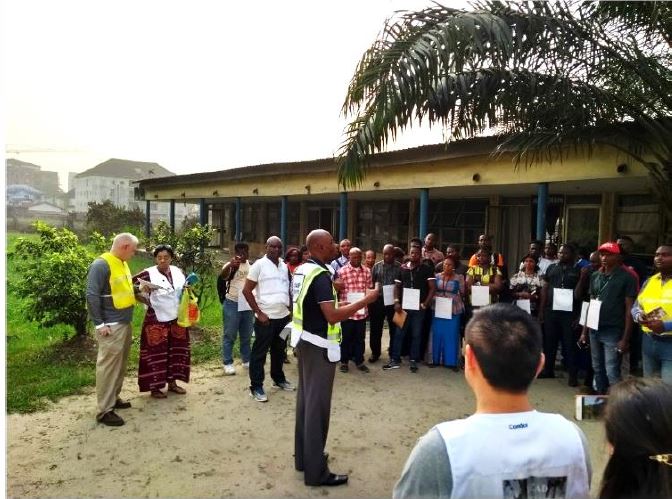Research Snapshot: How can cities best prepare for disasters?

This study developed and tested the first tool– City’s Assessment of Mass Casualty Emergency Response and Action (CAMERA)- designed to objectively measure and score the lifesaving capability of urban health systems in the aftermath of a mass casualty event. The tool can help city health authorities identify critical gaps and improve disaster response plans before a real disaster strikes.
Through testing CAMERA in two cities, the team show the tool effectively identified gaps in a city’s medical response system, providing actionable recommendations to help authorities improve preparedness. The team aims to test the tool in more cities and raise awareness of the need for cities to prepare health systems to respond to disaster.
If you are interested in piloting the tool please get in touch with the study team at [email protected].
This snapshot contains key messages, findings, implications for humanitarian policymakers and practitioners and recommendations for further research.